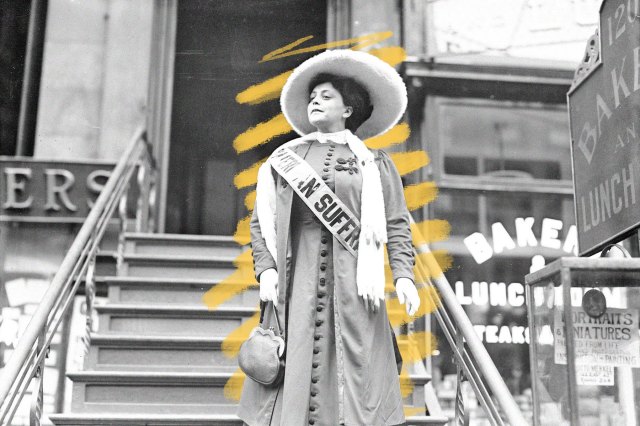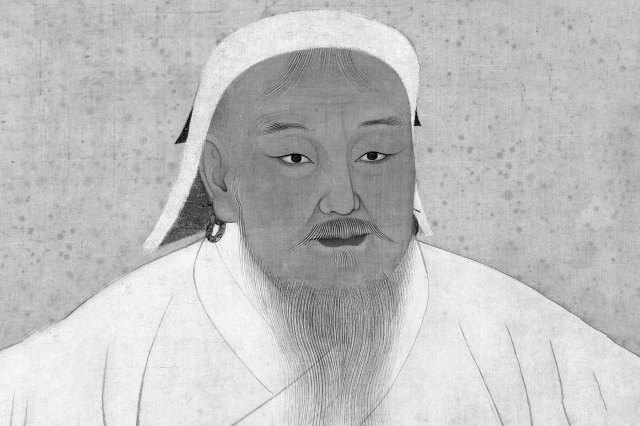 |
"Take Me Out to the Ball Game" has a feminist twist. |
Arts & Culture |
 |
| |
| The song tells the tale of a baseball-loving woman named Katie Casey, described in the lyrics as "mad" for the sport. Katie saw every game, knew all the players, and was confident enough in her knowledge of the rules to "[tell] the umpire he was wrong." The portrayal of a passionate female sports fan was progressive for its time, but it was not exactly factual. Instead, the lyrics are believed to have been inspired by actress and activist Trixie Friganza, who songwriter Jack Norworth was believed to be having an affair with at the time. Friganza was involved in New York's suffrage movement, and was reportedly a fan of the New York Giants. Her image also appeared on two early editions of sheet music for the song. In 1927, long after his alleged affair with Friganza had ended and seven years after women won the right to vote, Norworth slightly reimagined some of the lyrics to the famous song. He did keep his female protagonist, but inexplicably changed Katie Casey's name to Nelly Kelly. | |
 | |
 | |||
| |||
Tackle Your Credit Card Debt With 0% Interest Until Nearly 2026 | |||
| Thank you for supporting our sponsors! They help us keep History Facts free. |
 | |||||||||
By the Numbers | |||||||||
| |||||||||
| |||||||||
 | |||||||||
| |||||||||
"Happy Birthday" was originally known as "Good Morning to All." | |||||||||
| Along with "Take Me Out to the Ball Game," "Happy Birthday" is one of the most recognizable songs in history, sung in many different languages all around the world. Written in 1893 by Patty Smith Hill, a director at the Louisville Experimental Kindergarten School in Kentucky, and her sister Mildred J. Hill, an educator and musician, the song originally appeared in a book of music titled Song Stories for the Kindergarten — at least, the melody did. The tune was actually titled "Good Morning to All," and it was meant as a cheerful classroom greeting for young children, with the lyrics: "Good morning to you/Good morning to you/Good morning, dear children/Good morning to all." By March 1924, the melody appeared in a songbook with altered lyrics opening the second verse: "Happy birthday to you." It was published with incremental lyrical changes over the years, and by 1933, 40 years after its inception, the song was widely known as "Happy Birthday to You." | |||||||||
 | |||
Recommended Reading | |||
 | |||
| | |||
 | |||
| | |||
| + Load more | |||
| |||||||||
| 700 N Colorado Blvd, #513, Denver, CO 80206 | |||||||||









0 komentar:
Post a Comment